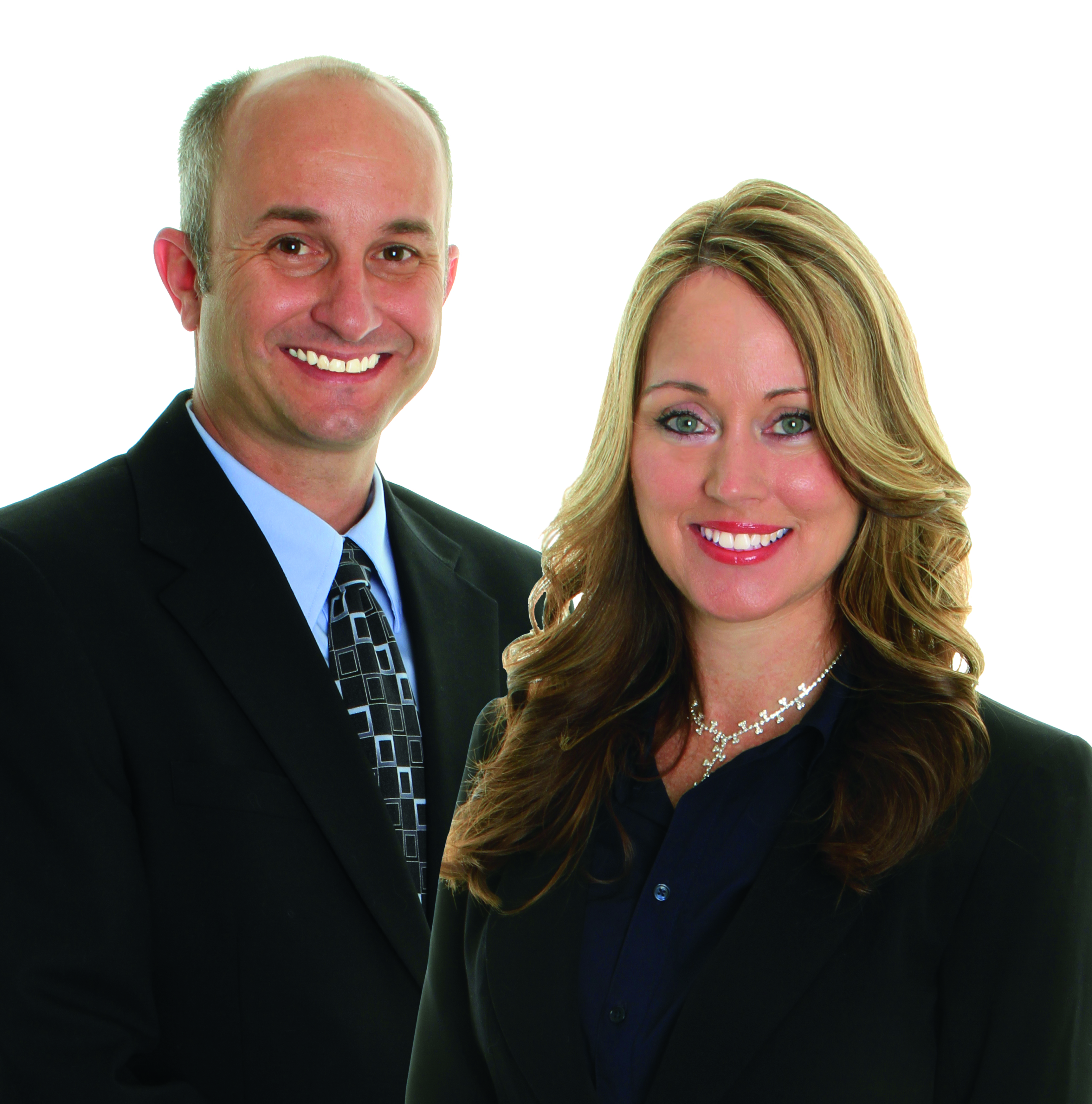
While qualified borrowers often like to have choices, having too many funding options can get confusing. If you are considering borrowing money to upgrade your home, here are a few things to consider.
It’s essential to understand that the term “home improvement loan” is not precise. This type of borrowing typically involves packages that range from traditional loans to lines of credit. What these sometimes vastly different opportunities have in common is they are used to make property upgrades. This may include emergency roof repairs to transforming a home into an open floor plan.
So-called home improvement loans can be broken into two categories — secured and unsecured. Secured loans involve those borrowers leverage collateral to secure. Unsecured loans, as you might suspect, are offered without collateral. It’s not uncommon for unsecured products to charge higher interest because the lender takes increased risk.
Each type of home improvement product offers a different structure for qualified borrowers. The terms and availability of home improvement loans are largely driven by items such as credit scores, equity and debt-to-income ratios, among others. The following highlights how the commonly secured home improvement loans work.
Homeowners would be well-served to consider interest rates, fees and repayment terms when selecting a home improvement loan. Perhaps the key involves choosing an option that cost-effectively fits your needs.

Darin, is a 26 year, experienced broker associate with 13 years in the RE/MAX system and who is native to the Daytona Beach area. Knowing our real estate market and solving problems in advance are just of a few of the assets he brings to the table while working with buyers and sellers. He and his team are committed to providing the best results and personal service in the industry. They carefully ascertain the client's real estate goals and work hard to create solutions that make sense for them. Whether the client is new to the market or an experienced investor, they have the expertise, proven track record, with resources to help real estate customers achieve their goals. 100% Club in 2016, 2017, 2018, 2019, 2020, 2021 and 2022. Darin also became an esteemed member to RE/MAX Hall of Fame in 2020.
EPRO, ABR (Accredited Buyer's Representative), RENE (Real Estate Negotiation Expert)
CON, BB, SS, AUC, RELO, RA, FP, LUX, SC, FL, LP, HP